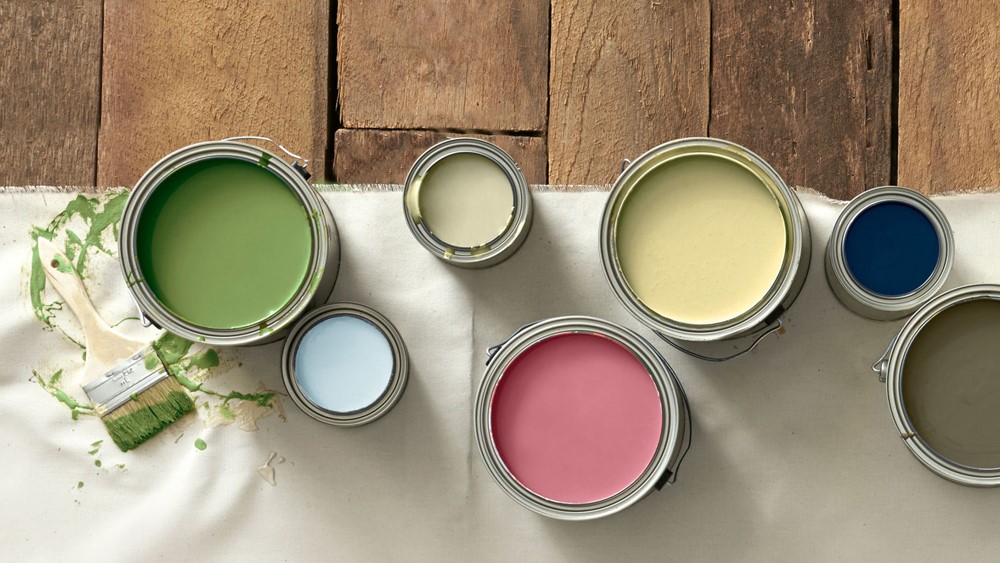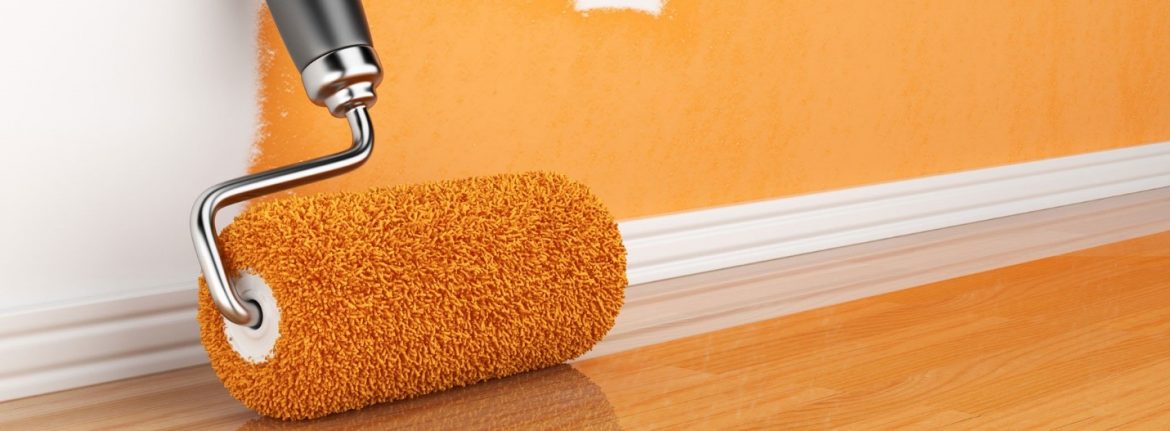Are your walls covered in scuff marks? Have you noticed paint blisters? Well, your home interior is undoubtedly screaming for a fresh coat of paint in order to restore its charm.
Painting projects require time, high-end tools, and supplies, as well as proper techniques to get the job done. The majority of homeowners hire house painters to handle their interior painting projects. Nevertheless, some individuals roll up their sleeves and test their DIY painting skills in the process.
These handy tips from professional Dallas painters will teach you to paint your interior walls like a pro.
Select a Color
Interior painting projects start by opting for the right color, which is overwhelming for most residents of Dallas. You could either paint the walls in the existing hue or select a completely dissimilar shade to introduce a change in the décor. There’s a variety of warm and cold tones, as well as natural and saturated colors.
Moreover, the color is supposed to compliment the furniture inside the room, which is best tested by getting samples in a couple of hues. The samples should be tested several times throughout the day in order to check the way they look when exposed to different types of light. Individuals who aren’t patient enough to test samples can preview colors online by uploading a photograph of their room and trying different wall colors.
Invest in high-quality tools and supplies
In order for the interior painting project to be completed professionally, homeowners are expected to invest in tools and supplies of high quality. You need to purchase premium brushes based on the paint you’ll be using. For instance, synthetic bristle is more convenient for applying water-based colorants, whereas natural bristle is suitable for solvent-based paints.
Additionally, the design of the brush is crucial in achieving a good finish, as not all types of brushes are appropriate for painting different areas. The same goes for paint rollers that come in multiple types, depending on the surface that has to be painted. Hence, short pile rollers are best used for flat surfaces, while long pile rollers are convenient for textured surfaces. Click here for some helpful tips about choosing the right paintbrush.
Homeowners in Dallas are recommended to invest in a roller extension pole for the purpose of painting high places, as well as a paint bucket with a lid that allows you to store the colorant for as long as you want. You’d also need sandpaper for prepping the walls and drop cloths for preventing floor damage. Make sure you purchase masking tape so as to mask off all places that aren’t supposed to be painted, such as the baseboards.

Calculate the amount of paint
The amount of colorant necessary for an interior painting project depends on the shape and square footage of the room after having the windows and doors subtracted in the calculations. Homeowners in Dallas are suggested to purchase extra paint when painting the room from a dark to a light tone, as well as when painting the walls in a saturated hue.
In order for homeowners to cover the surface in a dark tone, they need to apply multiple coats of colorant. Hence, they should invest in extra paint unlike those painting the surface in light colors. The number of coats can only be reduced by covering the surface with a gray-tinted primer prior to applying the first layer of paint. Also, textured surfaces require more gallons of colorant than smooth ones.
Prep the surface and the room
The only way to protect the furniture, flooring, doors, and windows is by covering them with drop cloths. If you can’t take the furnishings out of the room, move all objects to the center of the room and cover them with plastic tarps. The flooring is best protected by rosin paper, as it doesn’t make the surface slippery. These protective covers will ensure no paint splatters affect the floor or any of your belongings.
Afterward, use painter’s tape to cover the door and window casings, outlets, and baseboards. If possible, try removing the skirting boards and install them again after the project is completed. For further instructions on taping off a room for painting, visit the following link, https://www.wikihow.com/Tape-Off-a-Room-for-Painting.
Once you’re done taping off the room, it’s time to inspect the walls for peeling paint, holes, cracks, and scratches. Start by filling the dents with spackling compound, remove the peeling colorant with a wall scraper, and finish by using sandpaper to eliminate all imperfections
In order to prevent stains from appearing on the freshly painted surface, professional house painters advise homeowners in Dallas to sponge the walls. Use a special detergent for eliminating dirt and oils, solved in a bucket with water, and make sure you rinse the walls with clean water afterward. During the process, wear rubber gloves, eye goggles, and a long-sleeved top to prevent the detergent from coming in contact with your eyes and skin.
The ultimate step before painting the surface is using a primer to make the texture smoother. Although oil-based primers are generally used, tinted primers are preferred when using a light colorant on a dark base. If your walls are in a faultless condition, opt for a self-priming colorant to avoid priming.
Choose a painting technique
The most effective technique applied in interior painting projects is starting from the top of the room and working your way to the bottom. When making a change from light to dark hue, professional painters advise homeowners to use a coat of primer and two layers of paint for better coverage. Don’t apply the second coat until the first becomes entirely dry.
The best way to accelerate the process of drying is by ensuring the room is properly ventilated. Besides keeping the windows open, use fans to speed up the process even further.
Bottom line
In case you mess up your DIY project, house painters are always available to give you a hand!

